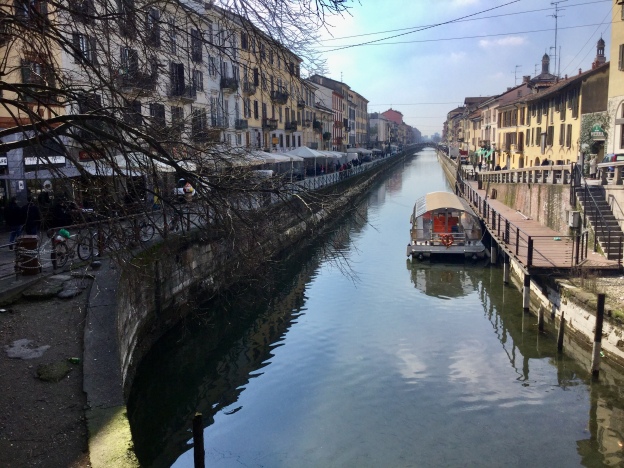
There are many Easter Breads in Italy and each region has its own version, but most include whole, sometimes coloured, eggs. This specific recipe is from Napoli and is made in a pan with a hole in the middle, called a ruoto. The recipe is enough for two breads in 270 mm pans.
- 800 g Bread Flour (Tipo 0)
- 300 g Water – luke warm
- 5 g Honey or Molasses
- 23 g Yeast – fresh
- 500 g 1:1 Biga (Mother plant of yeast)
- 100 ml Extra Virgin Olive Oil – plus extra to smear the pans
- 20 g Salt
- 50 g Salami – about 5 mm cubed
- 50 g Pancetta – about 5 mm cubed
- 50 g Cheese – any melting mild cheese of your choice – about 5 mm cubed
- 50 g Parmigiano or Grana Padana Cheese – about 5 mm cubed
- 12 Quail eggs – fresh – Plus two to glaze the bread
Mix the honey, water and yeast and let it stand for 5 minutes. Now mix in the flour, biga, oil and salt and knead well. Let it proof until at least double in size, then knead briefly again. Divide the dough in two, but keep about 50 g to make strips to secure the eggs, and roll each into a square of about 300 mm. Spread all the cheeses and meat on the squares and roll up. Place each roll in a well smeared pan in such a way that it fills the entire base of the pan. Now place the whole eggs evenly on the breads and secure each with two thin strips of dough. Proof until at least double in size. Glaze the top of the breads with beaten egg and bake at 220 C for 13 minutes. Turn the pans around and bake for another 20 minutes at 190 C.
Enjoy hot or cold, or the next day on the Easter Picnic.





















